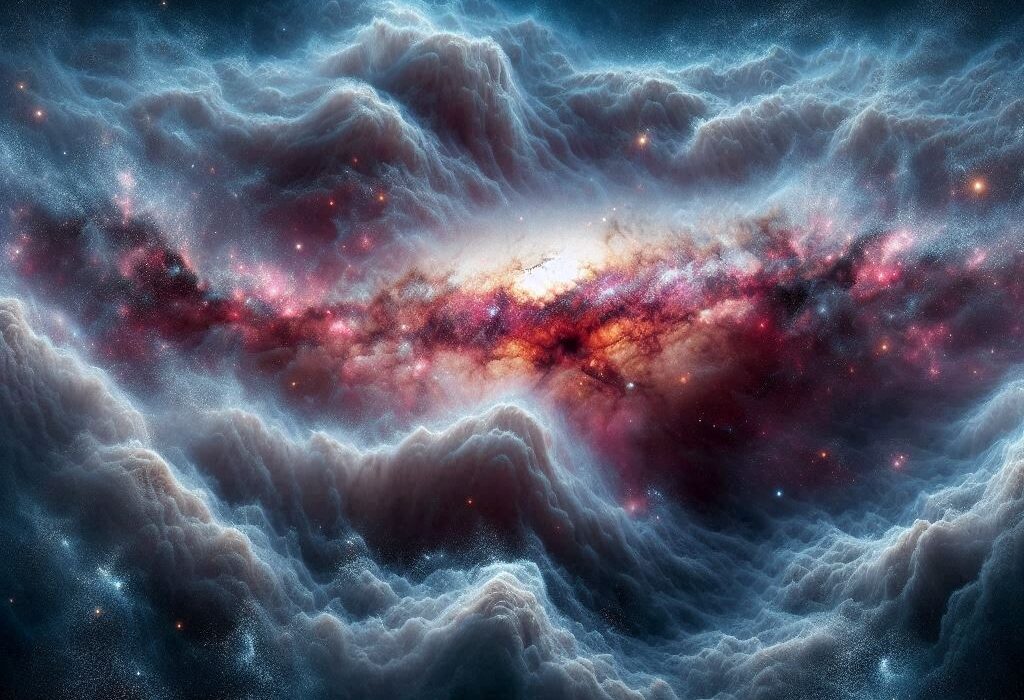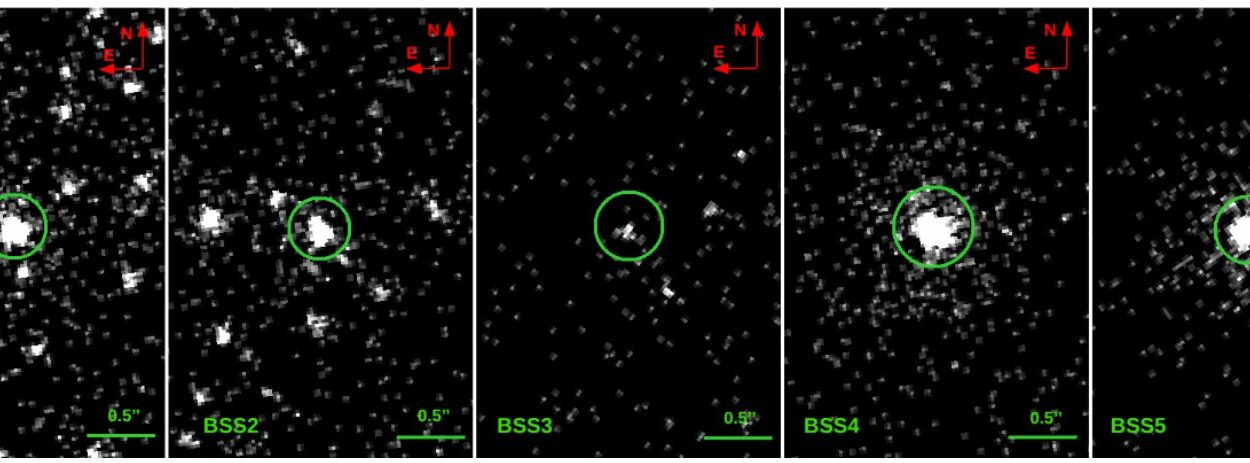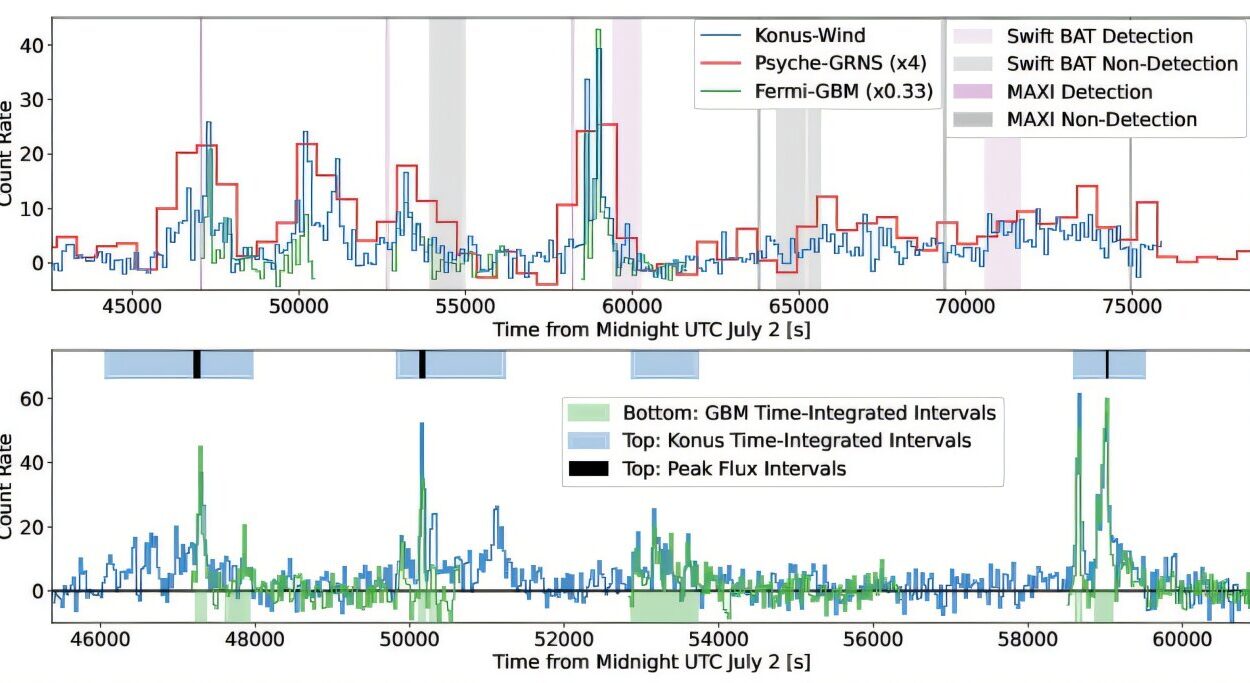In the grand theater of the cosmos, where galaxies whirl like dancers and stars explode in spectacular finales, a silent performer has long evaded detection at center stage. Messier 83—a nearby spiral galaxy known for its radiant beauty and vigorous star formation—has guarded a tantalizing secret for decades. Now, thanks to the unparalleled vision of the NASA/ESA/CSA James Webb Space Telescope (JWST), that secret may finally be unraveling.
Astronomers using Webb’s Mid-Infrared Instrument (MIRI) have discovered the spectral fingerprints of highly ionized neon gas near the core of M83—evidence that points toward the possible presence of a long-sought supermassive black hole hidden behind veils of cosmic dust.
It’s a revelation that has electrified the astronomical community, one that may redefine our understanding of not just Messier 83, but the mechanisms powering galaxies throughout the universe.
The Southern Pinwheel: Beauty with a Hidden Beast
Located a mere 15 million light-years away in the constellation Hydra, Messier 83 (M83) is one of the closest and brightest barred spiral galaxies visible from Earth. Nicknamed the Southern Pinwheel, its sprawling arms dazzle in optical and ultraviolet light, brimming with young stars and luminous nebulae.
Yet, amid its brightness, a mystery has lurked in the shadows. Unlike many galaxies of comparable size and structure, M83 has never conclusively shown signs of an active galactic nucleus (AGN)—the blazing beacon typically associated with a supermassive black hole feeding on surrounding matter.
For decades, astronomers speculated that if such a cosmic monster existed at M83’s heart, it must be dormant or shrouded behind clouds of dust so thick that even X-ray and optical telescopes couldn’t peer through. Numerous observations with facilities like the Hubble Space Telescope and Chandra X-ray Observatory failed to confirm any definitive signs of an AGN. It became something of a puzzle: could M83 truly defy the norm?
Webb’s Mid-Infrared Vision Breaks the Cosmic Spell
That impasse changed with the advent of the James Webb Space Telescope. Unlike its predecessors, Webb operates in the infrared and mid-infrared spectrum—wavelengths of light that can penetrate dust like X-rays through skin. Its Mid-Infrared Instrument (MIRI) offers astronomers an unprecedented view of regions once thought cloaked in cosmic mystery.
When scientists turned Webb’s gaze toward the nucleus of M83, they detected something entirely unexpected: ionized neon gas, specifically [Ne V] emission lines, glowing in the mid-infrared spectrum. These lines don’t just light up for any reason. They require immense amounts of energy to form—far more than what is typically emitted by stars or even supernovae.
“Our discovery of highly ionized neon emission in the nucleus of M83 was unexpected,” said Svea Hernandez, lead author of the new study and a researcher at the Space Telescope Science Institute (STScI) in Baltimore. “These signatures require large amounts of energy to be produced—more than what normal stars can generate. This strongly suggests the presence of an AGN that has been elusive until now.”
A Galaxy Rewrites Its Story
The implications of this finding are profound. If confirmed, it would mean that M83—a galaxy long considered an outlier in black hole astrophysics—is not as anomalous as once thought. Instead, it may simply have harbored its supermassive black hole in a dormant or heavily obscured state, invisible to conventional telescopes.
“Before Webb, we simply did not have the tools to detect such faint and highly ionized gas signatures in M83’s nucleus,” Hernandez added. “Now, with its incredible mid-infrared sensitivity, we are finally able to explore these hidden depths of the galaxy and uncover what was once invisible.”
These emissions appear in small clumps near the galactic core, almost like glowing embers scattered around a fire’s center. Their location, brightness, and spectral characteristics suggest a localized source of tremendous energy—one that fits the profile of an AGN far more than any stellar explanation.
The Smoking Gun: Why Neon Matters
Neon—especially in its highly ionized states—is not easily stirred. It takes ultraviolet radiation and X-rays of extreme intensity to ionize neon to the degree observed in Webb’s data. That level of energy typically originates from matter spiraling into a black hole at relativistic speeds. In the environment surrounding an AGN, particles are accelerated and heated to millions of degrees, flooding nearby space with enough energy to ionize atoms like neon multiple times.
“This isn’t the sort of emission you’d expect from supernova remnants or hot stars,” said Linda Smith, co-author of the study and fellow researcher at STScI. “The energy required is significantly higher, and the spatial concentration of these clumps points to a compact, powerful engine at the center. That’s why we believe we may finally be seeing evidence of the black hole we’ve long suspected was there.”
Challenging Assumptions, Redefining Norms
For years, astronomers have categorized galaxies based on visible or detectable traits—some as star-forming, others as active, and others still as quiescent. But discoveries like this challenge the binary labels often applied to galactic cores.
“Webb is revolutionizing our understanding of galaxies,” Smith emphasized. “For years, astronomers have searched for a black hole in M83 without success. Now, we finally have a compelling clue that suggests one may be present.”
And it’s not just about M83. If Webb can detect hidden AGNs in a nearby, well-studied galaxy, how many more might be lurking undetected in galaxies across the cosmos?
“This discovery showcases how Webb is making unexpected breakthroughs,” Smith continued. “Astronomers thought they had ruled out an AGN in M83, but now we have fresh evidence that challenges past assumptions and opens new avenues for exploration.”
The Road Ahead: A Deeper Dive into the Darkness
The research team isn’t stopping with Webb’s findings. They’re planning a suite of follow-up observations using some of the world’s most powerful ground-based telescopes. These include the Atacama Large Millimeter/submillimeter Array (ALMA) in Chile and the Very Large Telescope (VLT) operated by the European Southern Observatory.
These instruments can provide complementary data at different wavelengths, helping to characterize the physical environment around the neon emissions. Are there shock waves from interstellar collisions? Is there high-velocity gas consistent with accretion disks or jets? Or is something entirely new and unexpected occurring at M83’s core?
“Alternative explanations, like extreme shock waves in the interstellar medium, are still being considered,” Hernandez cautioned. “But so far, the AGN hypothesis is the most consistent with what we’re observing. Additional data from ALMA and VLT will help us build a more complete picture.”
A New Era in Galactic Archaeology
Webb’s success in peeling back the layers of dust and time around M83’s nucleus underscores its role as more than just a telescope—it’s a time machine, a probe, a galactic archaeologist that delicately brushes away cosmic sediment to reveal structures buried for billions of years.
Its discoveries are not just about pinpointing black holes or studying star birth; they’re about understanding how galaxies evolve, how black holes grow, and how the cosmic web of structure that binds the universe came to be.
The identification of a potential AGN in M83 is not the conclusion of a story—it’s the opening chapter of a new one.
The Broader Cosmic Context
Supermassive black holes are thought to exist at the centers of nearly every large galaxy. They influence star formation, shape galactic winds, and even regulate the growth of their host galaxies through feedback mechanisms. Yet, the early formation and exact role of these black holes remain among the most intensely debated topics in modern astrophysics.
With JWST uncovering subtle, faint, and previously hidden clues like those in M83, astronomers are now better equipped than ever to answer these grand questions. What triggers black hole activity? Why do some remain dormant while others blaze with energy? How early in the universe’s history did they form?
Webb’s findings in M83 represent a key piece in this puzzle.
Conclusion: A Galaxy Revealed, A Universe Transformed
In the vast silence of space, the James Webb Space Telescope is giving voice to the cosmos in ways no other instrument has before. With its discovery of highly ionized neon gas in the heart of M83, it may have illuminated the long-dark presence of a supermassive black hole—a discovery that not only reshapes our understanding of this beautiful galaxy but opens new frontiers in black hole astrophysics.
M83, once seen as an exception to the galactic rulebook, now may be reclassified not as an oddity, but as a hidden powerhouse, its secrets teased out by Webb’s watchful eye. As more data pours in and astronomers refine their models, we may soon look at many “quiet” galaxies with fresh wonder, realizing that beneath their calm facades lie engines of unimaginable power.
And as always in astronomy, the more we see, the more we realize how much we’ve yet to discover.
Reference: Svea Hernandez et al, JWST/MIRI Detection of [Ne v] and [Ne vi] in M83: Evidence for the Long Sought-after Active Galactic Nucleus?, The Astrophysical Journal (2025). DOI: 10.3847/1538-4357/adba5d






